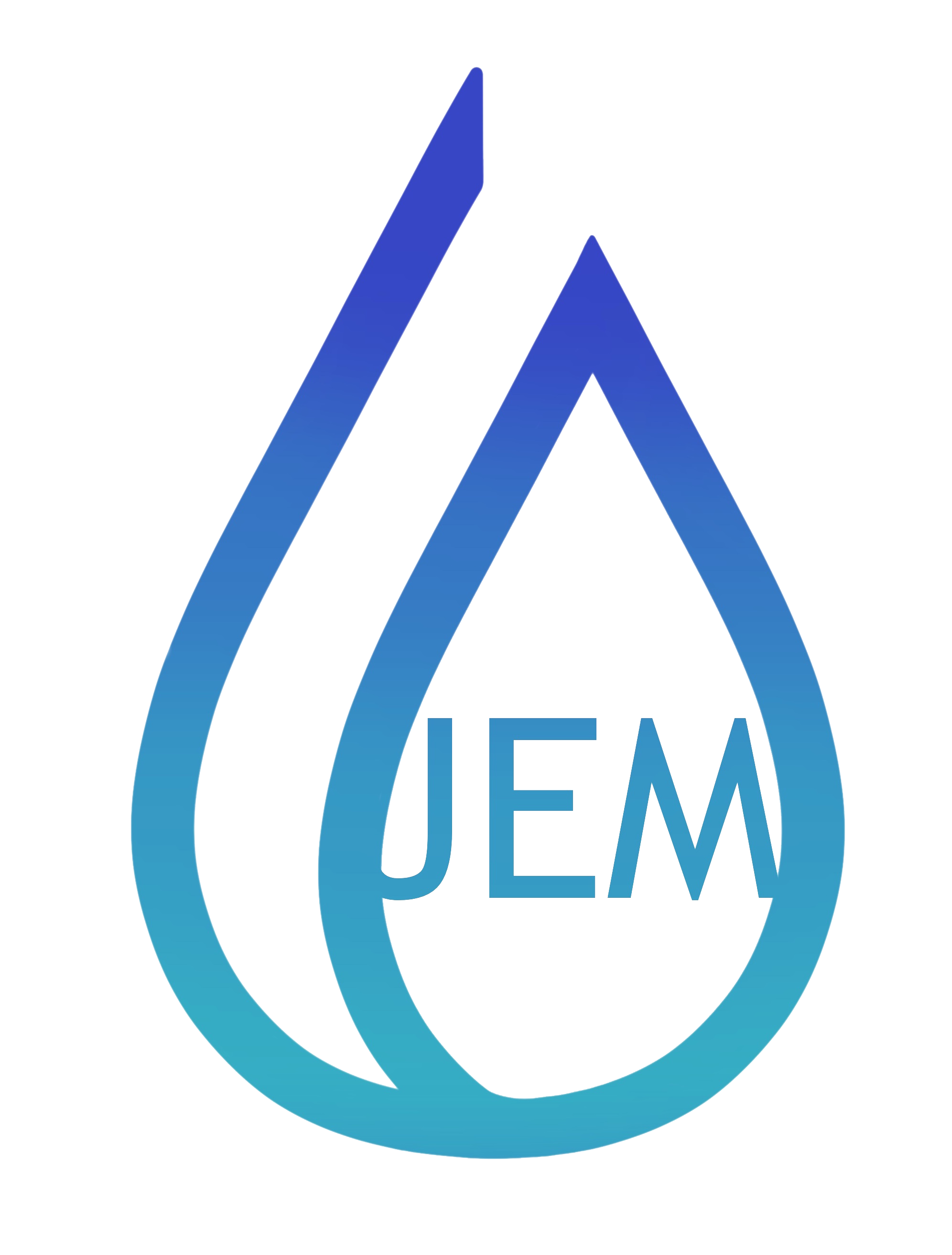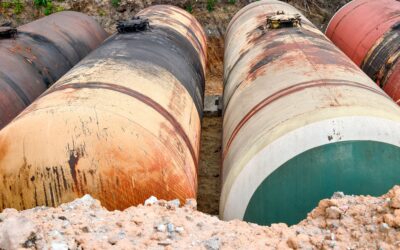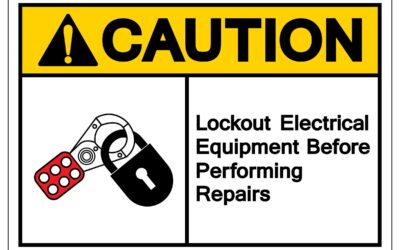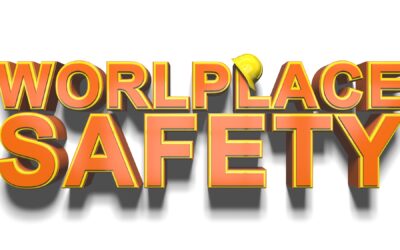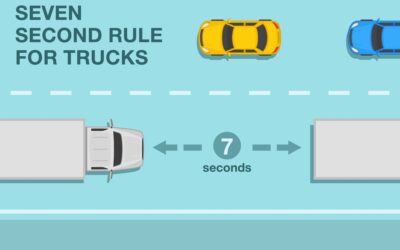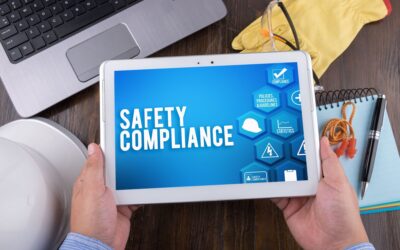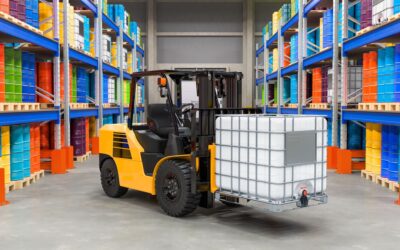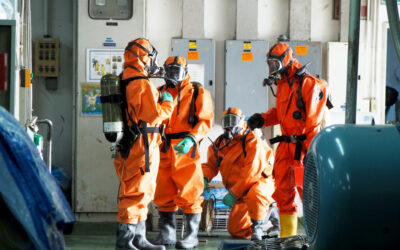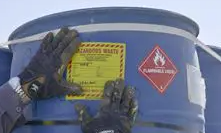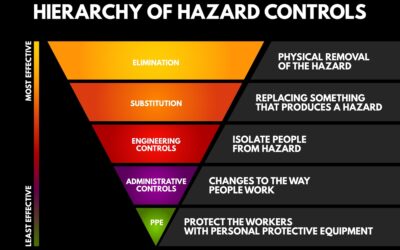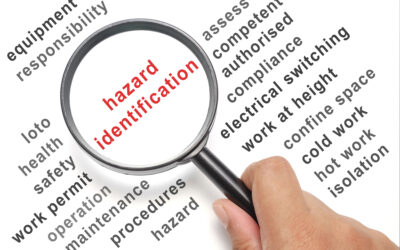Blog
Standards for Types of Tanks
Industrial storage tanks are containers used in various applications, including storing different types of fluids, corrosive liquids, chemicals, and other materials. They come in different sizes and shapes depending on the intended use. Storage tanks for industrial...
Safety Signage
Safety signs play an essential role in the workplace. They notify people of hazards, regulations, and requirements; symbols, pictograms, surrounding shapes, and colors have specific meanings. A safety sign that displays a clear and consistent format helps employees...
Monitoring Safe and Healthy Work Areas
According to the National Safety Council, nearly 13,000 workers in the United States are injured daily, and many injuries are preventable. Potential hazards in the workplace can have detrimental effects on employees. Workplace monitoring and assessments can help...
Maintenance is Important
Routine maintenance is important in keeping machinery and the work environment safe. Implementing a maintenance program ensures the efficient operation of equipment and machinery. When performing preventive maintenance tasks such as inspections, cleaning, lubrication,...
Safe Driving Distances
According to the U.S. Department of Transportation (DOT), there are approximately 12 million commercial motor vehicles (CMVs) on the roadways. These vehicles are vital to the transportation of goods and materials. However, they present hazards such as safe driving...
OSHA Compliance Directives
OSHA standards for general industry cover workplace safety and health aspects, including emergency planning, walking surfaces, slips, trips and falls, hazardous chemicals, using power tools, welding, cutting, and hot works, fire safety, first aid, bloodborne...
Shelving, Stacking and Storing
Stacking and storage are daily occurrences for many companies and can be a dangerous task if workers do not follow safety guidelines. Improper loading, unloading, and storage in the workplace can lead to falling materials and collapsing loads that trap or crush...
Immediately Dangerous to Life and Health Limits (IDHL)
Occupational exposures to chemicals and other hazardous environments have been recognized as having potential affects to the health of workers; workers who conduct operations with atmospheric concentration of any toxic, corrosive or asphyxiants substance that poses an...
Mercury Exposure from Fluorescent Bulbs
Fluorescent light bulbs may be environmentally friendly and more energy-efficient than regular incandescent light bulbs, but they pose a potentially serious health risk when broken. To help protect workers from mercury exposure from fluorescent light bulbs, dispose of...
Labeling Tanks
When hazardous chemicals or materials are placed into a container, it becomes necessary to mark and label that container to make all employees, transporters, and regulators aware of its contents. All employees should use the same method to label the containers;...
The Hierarchy of Controls
Managing exposure to occupational hazards in the workplace is vital to protecting workers. Implementing the Hierarchy of Controls can be used to keep workers safe from work-related illnesses and injuries and is widely accepted by health and safety professionals. The...
Conducting a Job Hazard Analysis
Many workers are injured at the workplace every day. Most workplace injuries and illnesses can be prevented by establishing job procedures and ensuring that all employees are trained appropriately. One of the best ways to determine proper work procedures is to conduct...
